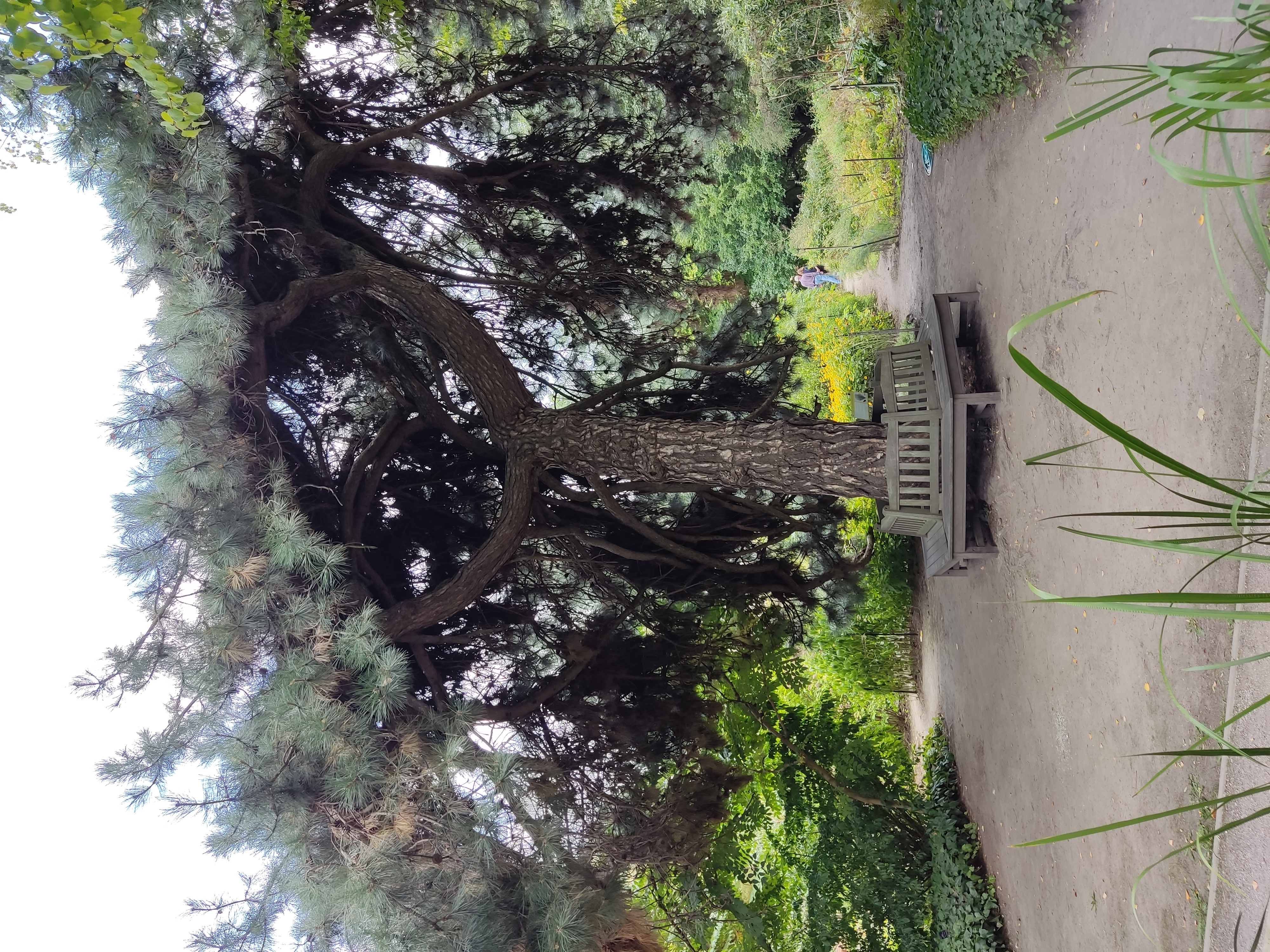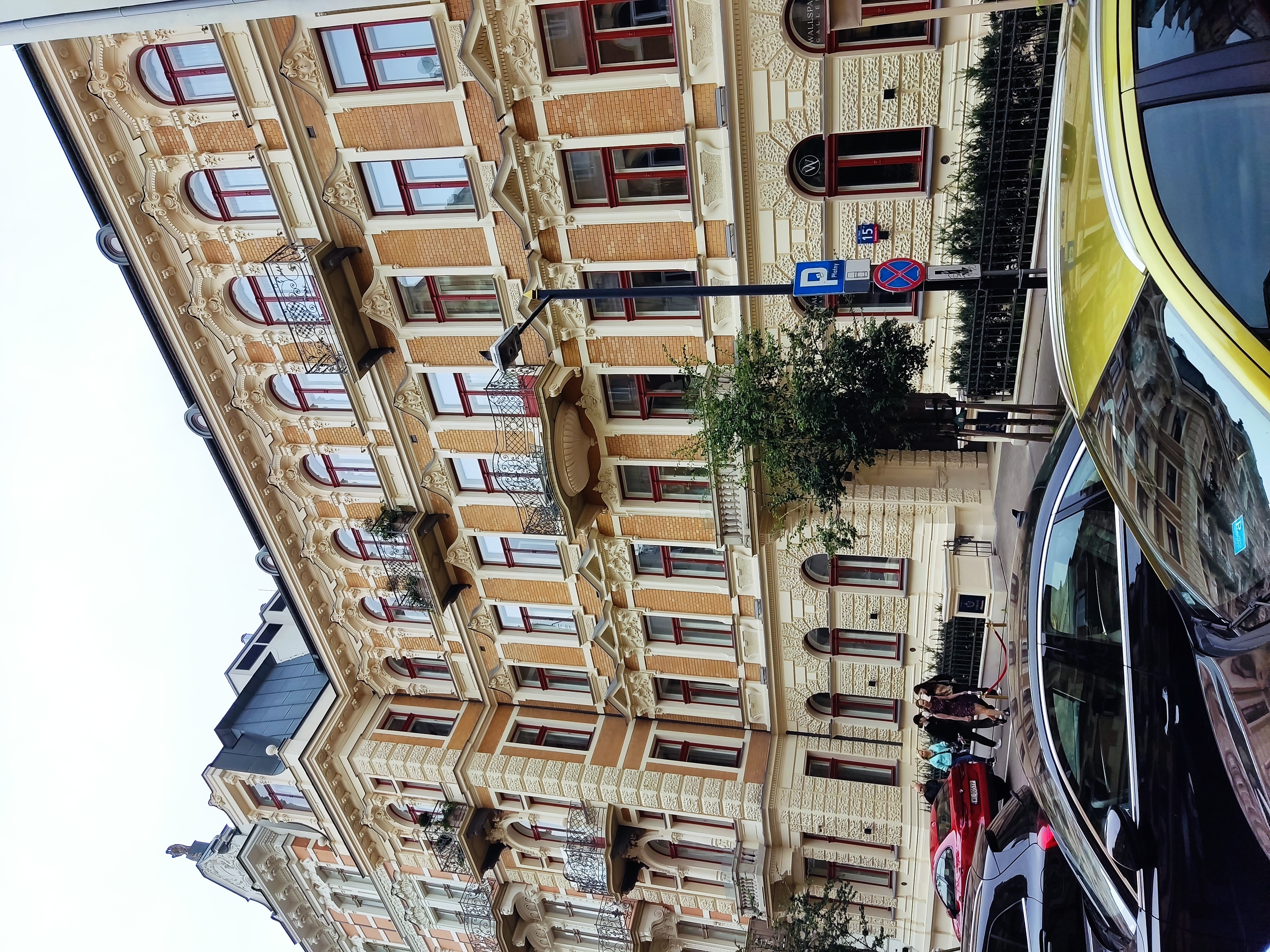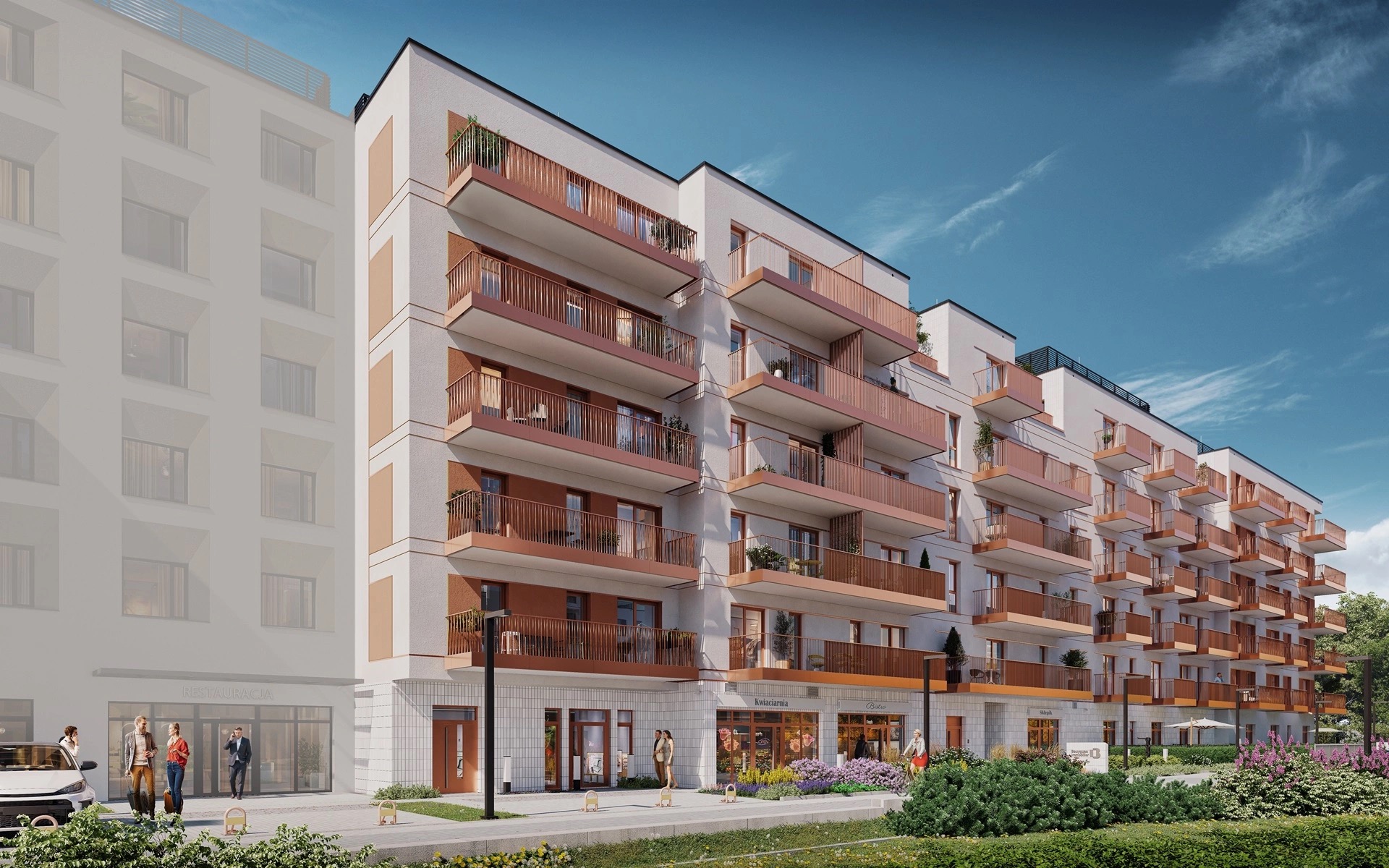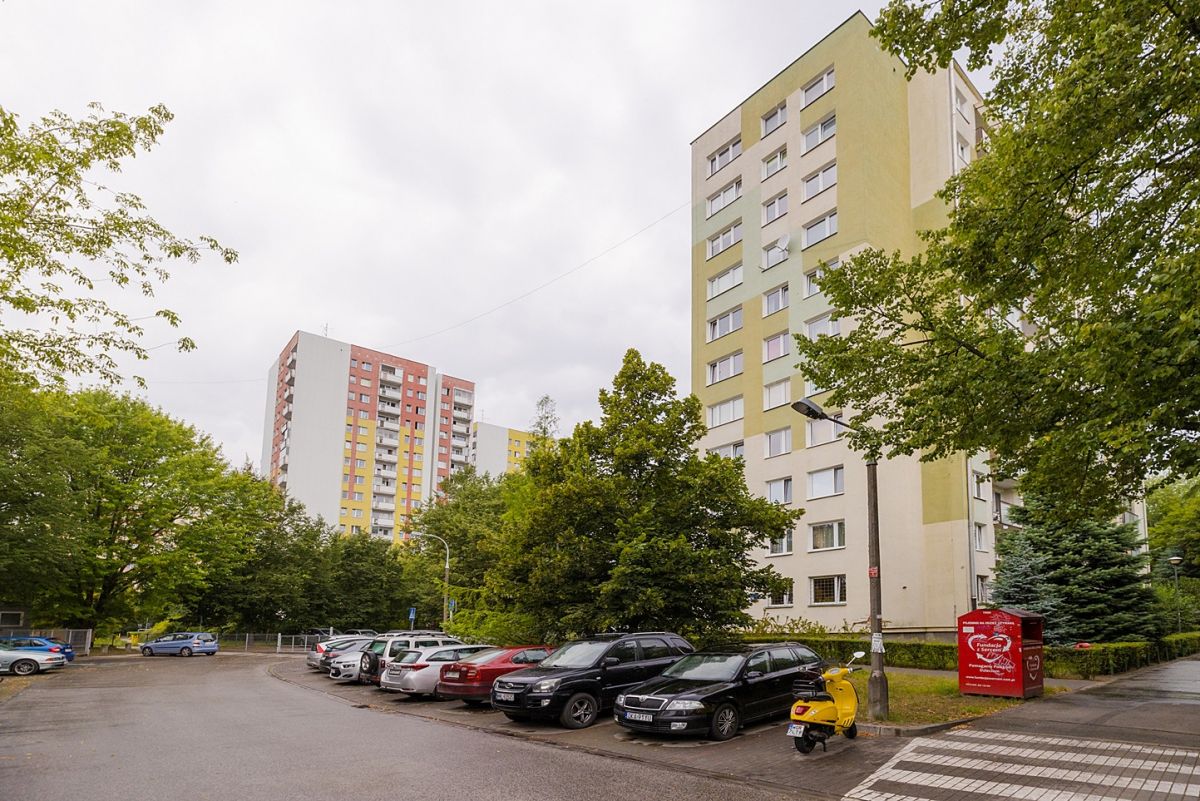Nature reserves and protected areas in Warsaw

Nature reserves and protected areas in Warsaw
Article 6 (1) of the Law on Nature Conservation in Poland lists the forms in which nature is protected in the country. The forms of nature conservation are: national parks, reserves, landscape parks, protected landscape areas, natural zones 2000, natural monuments, documentary positions, ecological lands, natural landscape complexes, species protection of plants, animals and fungi.
Areas of special natural value in Warsaw include protected landscape areas, landscape parks, nature reserves, ecological zones, and landscape-natural complexes (Table 1). Their total area is 12,178 hectares or 121.78 sq. km. This makes up almost a quarter (23.5%) of Warsaw's territory.
Areas of special natural value in Warsaw include protected landscape areas, landscape parks, nature reserves, ecological zones, and landscape-natural complexes (Table 1). Their total area is 12,178 hectares or 121.78 sq. km. This makes up almost a quarter (23.5%) of Warsaw's territory.
Warsaw has the most protected landscape areas (7913.3 hectares or 65.0% of the area of areas of special natural value).
Protected landscape areas are a form of nature conservation, with few environmental strictures. Protected landscape areas are primarily intended for recreation. These are river valleys, forest complexes, hills, dunes, swamps.
Economic activity here is subject to only minor restrictions (destruction of wild animals; trees; mining of rocks, including peat, and fossils, minerals and amber; excavation work; liquidation of natural reservoirs; ban on the construction of objects).
A significant proportion of areas of special natural value in Warsaw (19.9%) are landscape parks.
Landscape parks are protected areas distinguished by natural, landscape, historical and cultural values, the main purpose of which is the preservation and dissemination of these values.
Landscape parks, in addition to protecting nature and landscape, also perform tourist and educational functions that shape environmental consciousness. In the territory of landscape parks, it is allowed to engage in various types of tourism, such as educational tourism (natural and cultural) and active tourism (walking, cycling, horseback riding, canoeing and skiing). These areas are characterized by a well-developed tourism infrastructure in the form of marked trails, viewing platforms and accessible places to stay (agritourism, camping). Business activity is allowed on the territory of parks, however, with restrictions arising from environmental purposes.
Landscape parks in Warsaw include Mazowiecki Park Krajobrazowy.
14.3% of protected landscape areas in Warsaw are nature reserves. A reserve is an area covered by a special form of protection regulated by law. The reserve allows for the preservation of its natural, landscape, didactic and scientific values; for example, protecting plants or animals that are not found anywhere else except for this reserve.
On the territory of the reserve it is strictly prohibited to catch and kill wild animals, deliberately burn them, or destroy shelters for game living in the reserve; collect, destroy and damage plants and mushrooms; extract minerals and amber; destroy soil or interfere with the aquatic environment. Activities such as hiking, biking, camping, campfires, water sports, rock climbing, etc. can only be conducted on trails and in designated areas. The entire reserve or only part of it may be protected.
There are 12 nature reserves on the territory of Warsaw, with a total area of 1747.1 hectares. The largest is Las Kabacki im. Stefana Starzyńskiego (903.6 ha), and the smallest is Bagno Jacka (19.76 ha).
Warsaw nature reserves include:
Landscape reserve Las Kabacki im. Stefana Starzyńskiego (Ursynów district and partly Wilanów)
Forest reserve im. Króla Jana Sobieskiego (Waver district)
Landscape reserve Morysin (Wilanów district)
Faunal reserve Wyspy Zawadowskie (Wilanów district)
Landscape reserve Las Bielański (Bielany district)
Forest reserve Las Natoliński (Ursynów district)
Faunal reserve Ławice Kiełpińskie (Białołęka district)
Floristic reserve Kawęczyn (Rembertów district)
Olszynka Grochowska Landscape Reserve (Praga-Południe district)
Landscape reserve Jeziorko Czerniakowskie (Mokotów district)
Landscape reserve Skarpa Ursynowska (Ursynów district)
Floristic reserve Bagno Jacka (Wesoła district)
Sometimes among the Warsaw nature reserves, nature reserves located in Lesie Bemowskim are also mentioned, but outside the administrative boundaries of Warsaw - in the neighboring commune of Stare Babice: Kalinowa Łąka and Łosiowe Błota. This is due to the fact that they are governed by the capital city of Warsaw.
Ecological lands and landscape-natural complexes account for only 0.8% of the area of protected landscape areas in Warsaw.
Ecological sites are conservation-worthy remnants of ecosystems important for the conservation of biodiversity - natural bodies of water, clusters of trees and shrubs, swamps, dunes, areas of unused vegetation, oxbow lakes, rock outcrops, escarpments, rocks, natural habitats and habitats of rare or protected species plants, animals and fungi, their shelters and places of reproduction or places of seasonal residence.
An important reason for creating ecological lands is the need to protect small objects, but valuable from the point of view of nature. They cannot be recognized as nature reserves due to their small area and, as a rule, the lower rank of their natural values.
Ecological sites in Warsaw include:
Przy Lesie Młocińskim - użytek 620
Jeziorko Imielińskie - użytek 623
Powsinek - użytek 622
Powsin - użytek 621
Janusza Kusocińskiego - użytek 625
Czesława Łaszka - użytek 624
A natural landscape complex is a fragment of the natural and cultural landscape that deserves preservation due to its picturesque and aesthetic qualities. The natural landscape complex is intended to protect exceptionally valuable fragments of the natural and cultural landscape, to preserve its natural, cultural and aesthetic values. Activities in areas covered by this form of protection are conditioned by the development of a Zoning Plan for them, which takes into account the requirements of ecologists and historians.
Natural landscape complexes in Warsaw include:
Zakole Wawerskie
Arkadia
Dęby Młocińskie
Olszyna
Park SGGW
In addition, in the Warsaw region there are the following environmental objects not included in the statistical collections:
National parks:
The national park includes an area of special natural, scientific, social, cultural and educational values, with an area of at least 1000 hectares, in which all nature and landscape values are protected.
National parks in Warsaw include Kampinoski Park Narodowy.
Natural Areas 2000
The European ecological network Nature 2000 is the youngest form of nature conservation, introduced in 2004 in Poland as one of the obligations associated with accession to the European Union. The goal is to protect the most valuable and endangered natural habitats, as well as rare and endangered species. The uniqueness of this form of conservation lies in the fact that member countries create a network based on the same assumptions set out in European Union legislation and guidelines, manage it using similar instruments, and jointly take care of the associated funding and its promotion.
Special habitat protection areas, special bird protection areas and areas of community significance together form the Nature 2000 network.
Special habitat protection zones (SOO) - protected areas within the Nature 2000 network in Warsaw include:
Las Bielański
Las Jana III Sobieskiego
Las Natoliński
Kampinoska Dolina Wisły
Polygon Rembertów
Puszcza Kampinoska
Special bird protection zones (Oso) designed to protect wild bird populations of one or more species in Warsaw include:
Dolina Środkowej Wisły
Puszcza Kampinoska
We decided to determine which areas of Warsaw are the most environmentally friendly, that is, where there are more areas of special natural value. To do this, we calculated the share of protected areas in their area and the share of protected areas in the area of Warsaw for urban areas of the capital. What did we manage to find out?
The Wesoła district became the most environmentally friendly, with 68.2% of the area (1,560.6 hectares) occupied by protected natural areas. The share of areas of special natural value in the areas of Rembertów (44.3%), Żoliborz (41.2%), and Wawer (38.3%) is also high.
By the way, in absolute terms, Wawer is significantly ahead of all districts of Warsaw. There are 3052.3 hectares of protected natural areas concentrated here. This represents 5.9% of the entire area of Warsaw.
Significant are the protected areas in the areas of Wesoła (1560.6 hectares or 3% of the entire territory of the capital), Ursynów (1473.0 hectares or 2.8%), Wilanów (1260.7 hectares or 2.4%), Białołęka (1201 .1 hectares or 2.3%), Bielany (1104.1 or 2.1% of the entire area of Warsaw).
Thus, if you are looking for an apartment or house in Warsaw and want to live among nature, and protected nature, you are better off looking for real estate in these areas of the Polish capital.
We are forced to note that in the central regions of Warsaw there are no areas of particular natural value. We are talking about the areas of Ochota, Śródmieście, Wola. This also applies to the areas of Targówek, Ursus, Włochy.
Table 1. Area of special nature value under legal protection in 2021 (as of 31 December)
|
Districts |
|
Nature reserves a |
Landscape parks ab |
Protected landscape areas b |
Ecological arable lands |
Landscape-nature complexes |
|
in hectares |
||||||
|
M.st. Warszawa |
12178,9 |
1747,1 |
2422,2 |
7913,3 |
13,7 |
82,7 |
|
Warsaw |
|
|
|
|
|
|
|
Bemowo |
352,0 |
– |
– |
352,0 |
– |
– |
|
Białołęka |
1201,1 |
88,2 |
– |
1112,9 |
– |
– |
|
Bielany |
1104,1 |
132,5 |
– |
955,4 |
4,8 |
11,5 |
|
Mokotów |
703,6 |
47,6 |
– |
639,2 |
1,1 |
15,6 |
|
Praga-Południe |
116,4 |
59,4 |
– |
57,0 |
– |
– |
|
Praga-Północ |
150,0 |
– |
– |
150,0 |
– |
– |
|
Rembertów |
855,0 |
69,4 |
– |
785,6 |
– |
– |
|
Ursynów |
1473,0 |
894,9 |
– |
574,2 |
4,0 |
– |
|
Wawer |
3052,3 |
182,8 |
1835,6 |
978,3 |
– |
55,6 |
|
Wesoła |
1560,6 |
16,6 |
586,6 |
957,4 |
– |
– |
|
Wilanów |
1260,7 |
255,6 |
– |
1001,3 |
3,8 |
– |
|
Żoliborz |
350,0 |
– |
– |
350,0 |
– |
– |
a Excluding the buffer zones (of the protected areas). b Excluding reserves and other forms of nature protection within those areas.
Unlike areas of special natural value, which are not found in all districts of Warsaw, natural monuments are distributed more evenly throughout the city (Table 2).
A natural monument is a creation of nature protected by law, especially valuable for scientific, historical, cultural and other reasons.
Natural monuments are individual creatures of living and inanimate nature or their clusters, having a special natural, scientific, cultural, historical or landscape value and distinguished by individual characteristics that distinguish them from other creations, majestic trees, shrubs of local or alien species, springs, waterfalls, overhangs, rocks, holes, boulders and caves.
A natural monument, which is a single creation of nature, is indicated in Poland by a green plate. In turn, a natural monument, which is a collection of natural creations, is indicated by a red plate. Sign E-11 “signpost to a natural monument” is placed on roads. The sign may contain a symbol of a tree for animated monuments and a grotto or rock for inanimate monuments and informs about the distance and direction in which the natural monument is located.
In total, there are more than 500 natural monuments in Warsaw. They are trees, groups of trees into boulders.
The largest number of natural monuments is located in the Mokotów area – 77 or 15% of the total in Warsaw. There are also many natural monuments in the areas of Wilanów – 51, Wawer – 49, Ursynów – 46, Wola – 43, Śródmieście – 42, Białołęka – 41.
Among the trees, petiolate oaks, peduncle oaks, lindens, ash trees, horse chestnuts, beeches, poplars, maples, plane trees, and elms predominate. There are also rare species - Chinese metasequoia, giant thuja, tulip tree, Polish larch, ginkgo biloba.
The oldest tree in Warsaw is the Mieszko I oak (Dąb Mieszko I) - it is about 600 years old. This is the oldest natural monument tree in Warsaw and the oldest oak in the Masovian Voivodeship. The Mieszko I oak peduncle is 18 meters high and its trunk circumference is about 8.5 meters. The crown of the tree has a diameter of 10 meters, most of its branches are dry.
The oak has undergone restoration work several times. The tree requires regular maintenance. It is supported by steel structures. The tree grows in the Ursynów area, on the street. Nowoursynowskiej, passing by Lesie Natolińskim.
Numerous natural monuments are also located on the territory of the Botanical Garden of the University of Warsaw. One of the oldest trees in the garden is the Chinese ginkgo, planted in 1824. This species, native to Asia, is currently considered critically endangered and is only found in its natural habitat in the southeastern region of China.
In another part of the garden is a Chinese metasequoia. This is a tree that appeared several tens of millions of years ago. Specimens growing today are almost no different from their prehistoric ancestors. The trees in the Botanical Garden come from the first batch of seeds of this species brought to Europe in 1948.
We find interesting natural monuments such as boulders. Boulders are fragments of solid rock carried by the Scandinavian Ice Sheet during the Ice Age. Basically they are granite. In the Mokotów area there is a third of all the capital's -25 boulders. There are also many of them in the areas of Ursynów -13, Śródmieście – 12.
One of the groups of natural monument boulders can be seen on Puławskiej Street, in the Małkowskich Square. This group consists of twelve stones of different sizes, five of which are laid along the sidewalk. All of them were excavated during the construction of the first metro line.
Table 2. Natural monuments in Warsaw and its regions in 2021 (as of December 31)
|
|
|
|
||
|
individual trees |
tree clusters |
boulders |
||
|
M.st. Warszawa |
502 |
314 |
97 |
75 |
|
Warsaw |
|
|
|
|
|
Bemowo |
14 |
6 |
2 |
5 |
|
Białołęka |
41 |
28 |
12 |
1 |
|
Bielany |
28 |
19 |
9 |
– |
|
Mokotów |
77 |
39 |
8 |
25 |
|
Ochota |
16 |
10 |
1 |
4 |
|
Praga-Południe |
12 |
10 |
1 |
1 |
|
Praga-Północ |
1 |
1 |
– |
– |
|
Rembertów |
6 |
2 |
4 |
– |
|
Śródmieście |
42 |
22 |
6 |
12 |
|
Targówek |
4 |
1 |
1 |
2 |
|
Ursus |
13 |
9 |
1 |
3 |
|
Ursynów |
46 |
22 |
9 |
13 |
|
Wawer |
49 |
32 |
15 |
– |
|
Wesoła |
19 |
12 |
7 |
– |
|
Wilanów |
51 |
35 |
16 |
– |
|
Włochy |
26 |
17 |
2 |
4 |
|
Wola |
43 |
39 |
2 |
2 |
|
Żoliborz |
14 |
10 |
1 |
3 |
Blog

Rental prices in Warsaw compared to European cities
Rental prices in Warsaw compared to European cities

The Impact of Government Housing Policy on the Real Estate Market in 2025
The Impact of Government Housing Policy on the Real Estate Market in 2025

What to expect on the Polish rental property market in 2024
What to expect on the Polish rental property market in 2024





